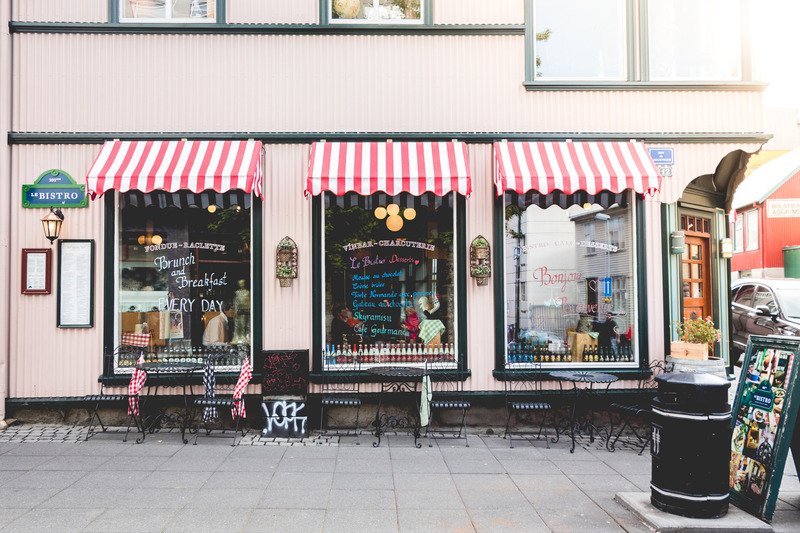
By Dr Sarah Montano
Department of Marketing, University of Birmingham
The BBC have recently reported that in the first month of 2020, almost 10,000 retail jobs have been lost in the UK. The Centre for Retail Research are predicting that this year, due to 17,565 store closures, 171,669 retail jobs will be affected, as compared to more than the 143,100 retail jobs lost in 2019. This illustrates that 2020 is likely to still be as challenging for the high street, as the previous year.
Since the Portas Report (2011), there has been much discussion at a local and national government level as to how to rejuvenate the high street. However, as we can see from the recent job losses there has been little impact on stemming their decline. So, how can UK town centres transform and develop, in order to counteract these losses and thrive? There are several propositions that could help develop and keep the high street buoyant for future generations.
Responding to the Changing Consumer
Consumers no longer shop on the high street in the same way they did 30 years ago; today, their approach to retail is much more multifaceted. For example, click and collect now gives consumers the option of ordering online and popping into store to collect their item(s). It is up to retailers to encourage consumers to stay on the high street rather than just clicking-collecting-leaving. Retailers should offer an experience to draw customers in, as today the high street is not just about the functionality of retailing. The functionality of retailing means that shops are used for their primary purpose – to go and buy products from the retailer. However, today the high street needs to offer a varied experience. Experiences can be offered in many forms such as restaurants and beauty salons but also, as seen on the Channel 4 programme Kevin McCloud’s Rough Guide to the Future, within the retailer itself. Stores in the US and China are offering interactions and excitement by using technology and robots. For example, in Amazon Go stores there are no checkouts as sales are automatically deducted via an app. Similarly, Hema create engagement in stores, but also create efficiency and loyalty with their customers by offering home delivery in the locality within 30 minutes.
Investment
In 2018, the government launched the Future High Street Fund to allow for investment in public transport, infrastructure, housing and regeneration. In August 2019, this fund was expanded to benefit an additional 50 towns. Investment is needed to ensure that high streets remain contemporary, do not become dilapidated and are easily accessible to consumers. In order to further support the high street, it is suggested that in the forthcoming budget, the Chancellor will announce a review of the business rate system. It is argued that the current business rate system penalises high street stores. The new proposal is to tax the landlord rather than the business in an attempt, to support the high street to counter growing online competition.
Multipurpose High Street
There needs to be a mixed usage pproach to high streets with housing also being taken into consideration, alongside retail development. Consumers tend to use retailers that are the nearest and most convenient therefore, housing will encourage consumer high street engagement. To further drive a multipurpose approach, community projects also need to be integrated into the high street. The Open Doors project encourages councils to open up retail outlets to community projects. Rather than leave shops empty, community groups can have a presence on the high street and engage with their local communities more easily, also creating more of an experience.
It should not be under-estimated that the future of the high street is a challenge, however, by encouraging innovation and experiences, allowing start up retailers to trial their offerings and creating excitement the high street can thrive. As consumers we need to respond to these innovations and use our high streets, to keep them for future generations.
